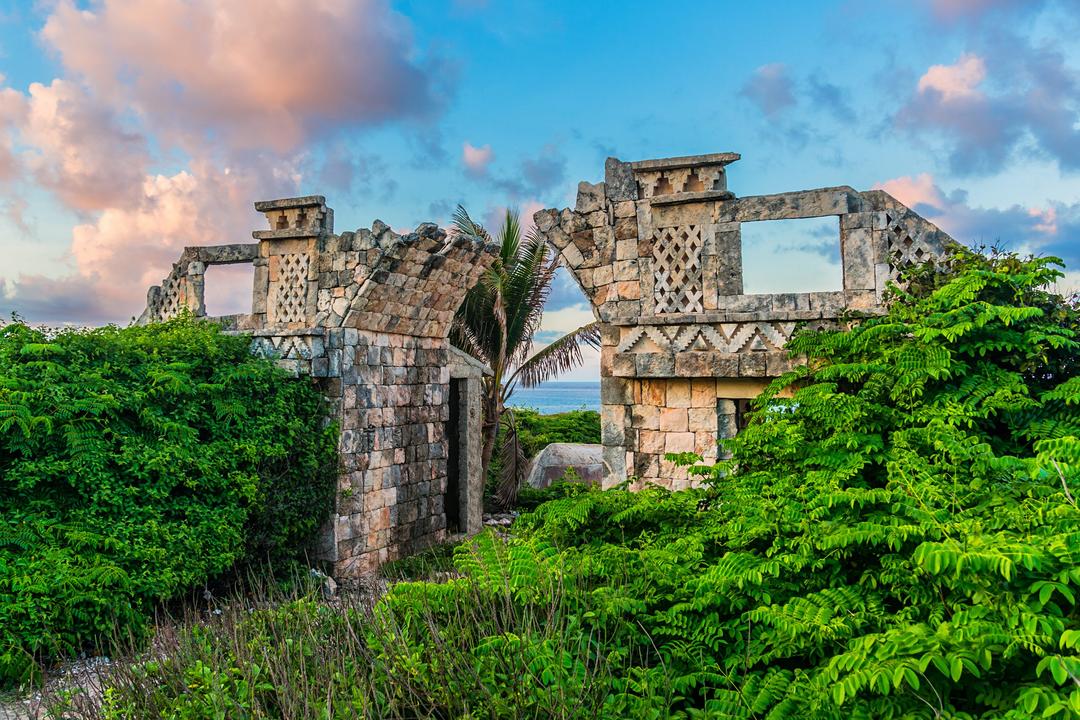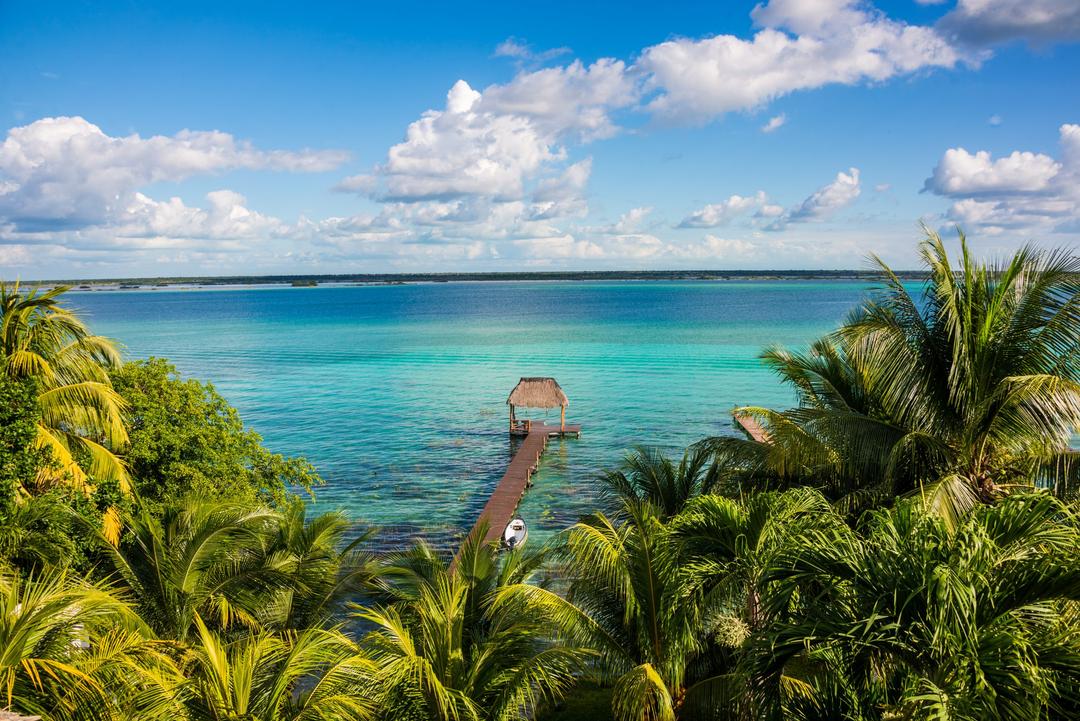The rivers of Mexico
If you want to learn about Mexico’s great hydrographic network, join us in these lines. If you want to learn firsthand what are the main rivers or which are considered the most important rivers to visit on your next vacation or simply to expand your knowledge of the great hydrographic network of Mexico, join us in these lines.
Names of Mexican Rivers
Although it is true that there are hundreds of water currents in the country, in these lines we will talk more in depth about the main rivers and their specific locations.
These in turn could be divided into larger and more important rivers, although they could also be classified by their main characteristics, etc. In general terms, Mexico’s rivers can be divided into three main groups: those on the southern, eastern and western slopes, depending on their location.
The main rivers of Mexico
- Acaponeta
- Ameca
- Armería
- Rafts
- Baluarte
- Bravo
- Candelaria
- Cazones
- Coahuayana
- Coatán
- Coatzacoalcos
- Colorado
- Concepción
- Culiacán
- El Fuerte
- Elota
- Grijalva-Usumacinta
- Hondo
- Jamapa
- La Antigüa
- Lerma
- Marabasco
- Mátape
- Mayo
- Nautla
- Nazas
- Pánuco
- Papagayo
- Papaloapan
- Piaxtla
- Presidio
- Quetzala
- San Fernando
- San Lorenzo
- San Nicolás
- San Pedro
- Santiago
- Sinaloa
- Sonora
- Sonoyta
- Soto La Marina
- Suchiate
- Tecolutla
- Tehuantepec
- Tijuana
- Tomatlán
- Tonalá
- Tuxpan
- Verde
- Yaqui
Thanks to the information gathered from the official website of the Mexican Ministry of Environment and Natural Resources (SEMARNAT), we can say that the network of main rivers in Mexico is composed of this list of 50 rivers.
Los ríos más importantes de México
As for the most important or largest rivers in Mexico, the big list would be simplified in these 5 rivers: Grijalva-Usumancia, Nazas, Culiacán, Balsas and finally the Lerma River.
The Grijalva-Usumancia River is considered the most important river in North and Central America. It is composed of two currents, the first born in Tabasco and the second in Guatemala. It is also one of the country’s main hydroelectric power generators.
The Nazas River is located in northern Mexico, in the states of Durango and Coahuila. One of the river’s attractions is the Cañón de Fernández State Natural Park, with a great variety of animal and plant species.
The name of the Cualiacán River comes from the word Colhuacan, which could be translated as ”snake palace” and is located in the state of Sinaloa.
The Balsas River, considered one of the longest in the country, is within the states of Puebla, Morelos and Guerrero. It is also one of the country’s main suppliers of hydroelectric power.
The Lerma River passes through several states, including Jalisco, Guanajuato, Michoacán and Mexico. It is the main supplier of drinking water and also a major source of electricity for Mexico City.
Rivers that are Mexico’s borders
The Usumancita, Chixoy or Suchiate rivers border Guatemala. On the other hand, we also find that the Bravo and Colorado rivers border the United States. Another river that borders another neighboring country is Belize.
Related Posts:The rivers of Mexico
Continue informing yourself...

What to do in Cancun (Part 1)

Have you Been to Marimba Park?

What to do in Isla Mujeres

